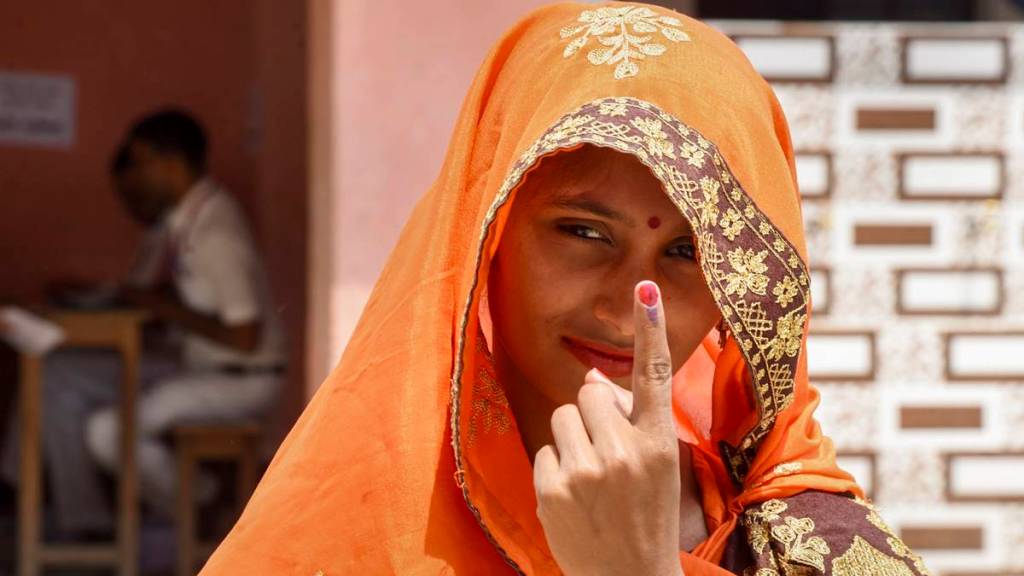Maintaining its intent to dispel “misleading narratives” of low voter turnout in the ongoing Lok Sabha elections so far, a new SBI Research report released on Monday said that the voter turnout in the first four phases of elections held so far has shown an increase in terms of absolute number of voters despite the turnout ratio showing a decline in the turnout.
As per the report, as many as 45.1 crore voters cast their votes in the first phases of Lok Sabha elections as compared to around 42.6 crore voters casting their franchise in the same parliamentary constituencies in the 2019 general elections.
The report states that the constituency-wise absolute voter turnout shows an increase or status quo in around 90 per cent of the constituencies polled compared to 2019. While 181, or 48.5 per cent, constituencies registered an increase of 50,000 voters, 156, or 42 per cent of the seats registered a near status quo with the change in votes in the range of -50,000 to +50,000 voters.
On the other hand, 36 constituencies showed a decline of more than 50,000 in the absolute number of voters.
As per the report, there has been a roughly 6 per cent increase in the absolute number of voter turnout in the first four phases of the Lok Sabha elections. The increase has been the highest in Karnataka (35.5 lakh) followed by Telangana (31.9 lakh) and Maharashtra (20 lakh). Kerala, on the other hand, accounts for the largest decline (5.3 lakh) followed by Manipur at 3.4 lakh fewer voters.
“Our predictive analysis, based on the trends so far, indicates overall voter turnout for this Lok Sabha elections to come around 67.5% under base case scenario (almost equivalent to 67.7% in FY2019) …This is based on around 96 crore registered electors, of which ~65.3 crore are expected to vote cumulatively in this election (projected men voters being 34.3 crore & women voters 31 crore),” the report said.
The report projects the turnout reaching 69 per cent in case of a significant increase and dropping to 66 per cent in case it goes downward.
The report further claims that the average incremental voter turn out in three successive general elections — 2014, 2019 and in 2024 — stands at a whopping 8 crore which is four times higher than the average incremental voter turnout at 2 crore for the 15 elections held before 2014.
The report further adds that women have clearly surpassed men when it comes to the incremental share of voters.
“The net incremental share of women voters comes to around 93.6 lakh, way above the roughly 84.7 lakh increase in their male counterpart participation, hinting at the cementing of women as the new centre of gravity for the Indian politics,” it said, adding that 270 constituencies (out of 373) witnessed increased participation from approximately 1.20 crore women.
The findings, based on the gender-wise data for 373 constituencies released by the Election Commission, points out that three women-centric schemes, namely Ujjwala Yojana, Matru Vandana Yojana, and PM Awas Yojana, are having a significant ground-level impact in rural areas, possibly resulting in increased women participation.
Similarly, for states showing an incremental female voter turnout, it also found that the PMAY scheme is impacting female voter turnout with a correlation of 0.37.


